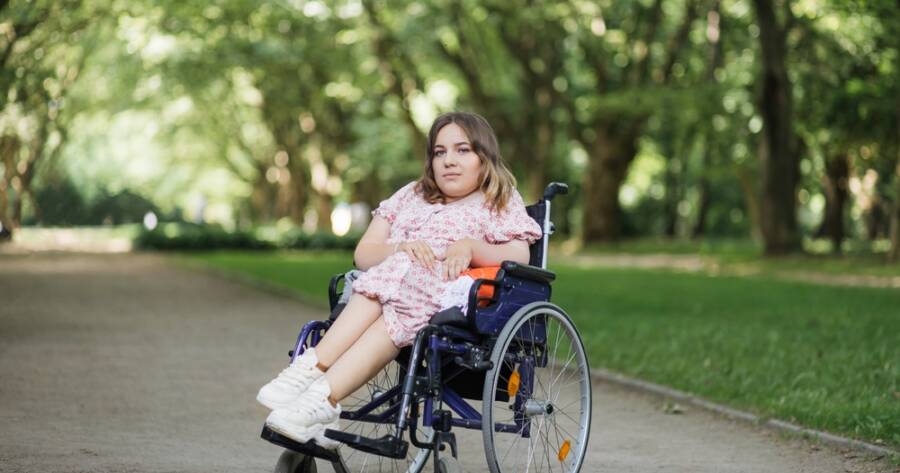Discover the most effective treatments for Spinal Muscular Atrophy (SMA), a genetic disorder affecting muscle strength and movement. Advances in medical therapies offer hope for improved quality of life and symptom management. Learn about the top SMA treatments available today.
What is Spinal Muscular Atrophy?
Spinal muscular atrophy (SMA) is a genetic disorder that affects the nerve cells (neurons) in the spinal cord and brain. These neurons control muscle movement, and when they are damaged or lost, it leads to progressive muscle weakness and atrophy.1 SMA is the leading genetic cause of infant mortality.
SMA is caused by a mutation in the SMN1 gene, which is responsible for producing the survival motor neuron (SMN) protein. SMN protein is essential for the function and survival of motor neurons. Without enough SMN protein, motor neurons die, leading to the symptoms of SMA.
SMA is classified into several types based on the age of onset and severity of symptoms. The most common type is infantile SMA (type 1), which affects infants before the age of 6 months. Type 1 SMA is the most severe form of the disease and is often fatal within the first two years of life.
Spinal Muscular Atrophy Causes
The primary cause of spinal muscular atrophy (SMA) is a mutation in the SMN1 gene. This gene provides instructions for making the survival motor neuron (SMN) protein, which is essential for the function and survival of motor neurons. Motor neurons are nerve cells that control muscle movement.
In individuals with SMA, the SMN1 gene is either deleted or mutated, resulting in insufficient production of SMN protein. This deficiency leads to the degeneration and loss of motor neurons in the spinal cord and brain, causing progressive muscle weakness and atrophy.
SMA is an autosomal recessive disorder, meaning that both copies of the SMN1 gene must be mutated or deleted for an individual to develop the condition. Carriers of a single mutated SMN1 gene are known as carriers and typically do not have symptoms of SMA.
Spinal Muscular Atrophy Treatment Options
There have been significant advancements in the treatment of spinal muscular atrophy (SMA) in recent years. While there is currently no cure for SMA, several treatment options can help slow the progression of the disease and improve symptoms.
One of the mainstays of SMA treatment is the use of disease-modifying therapies. These therapies aim to increase the levels of SMN protein in the body.2 One such therapy is nusinersen (Spinraza), an antisense oligonucleotide that helps to increase the production of SMN protein. Nusinersen is administered via intrathecal injections into the spinal canal.
Another treatment option for SMA is gene therapy. Onasemnogene abeparvovec (Zolgensma) is a one-time gene therapy that involves delivering a functional copy of the SMN1 gene to motor neurons. Zolgensma is administered as a single intravenous infusion.
Learn More About Spinal Muscular Atrophy
Advances in SMA treatments are transforming lives, offering hope and improved outcomes for those affected. Staying informed about the latest therapies can make a significant difference in managing the condition. Explore further to discover comprehensive treatment options for SMA.
